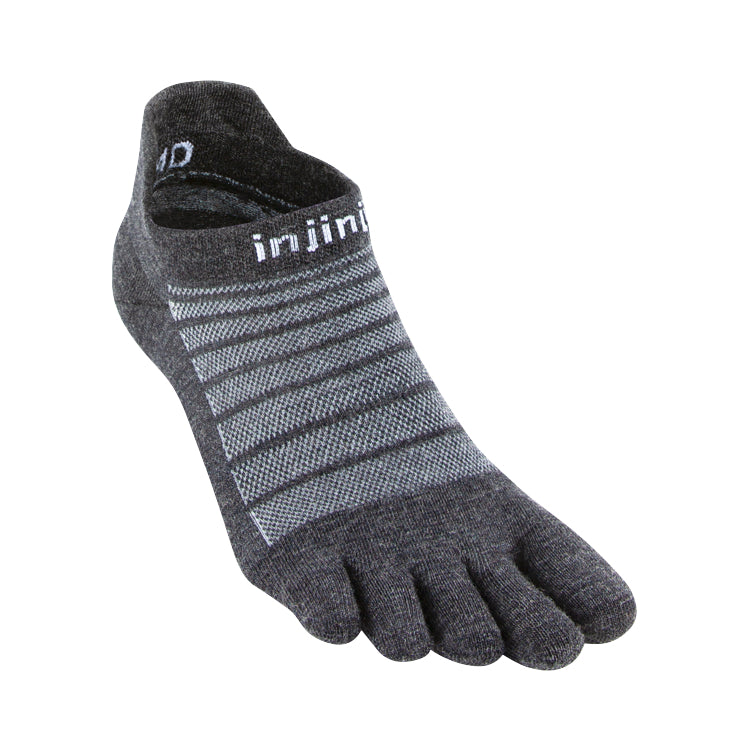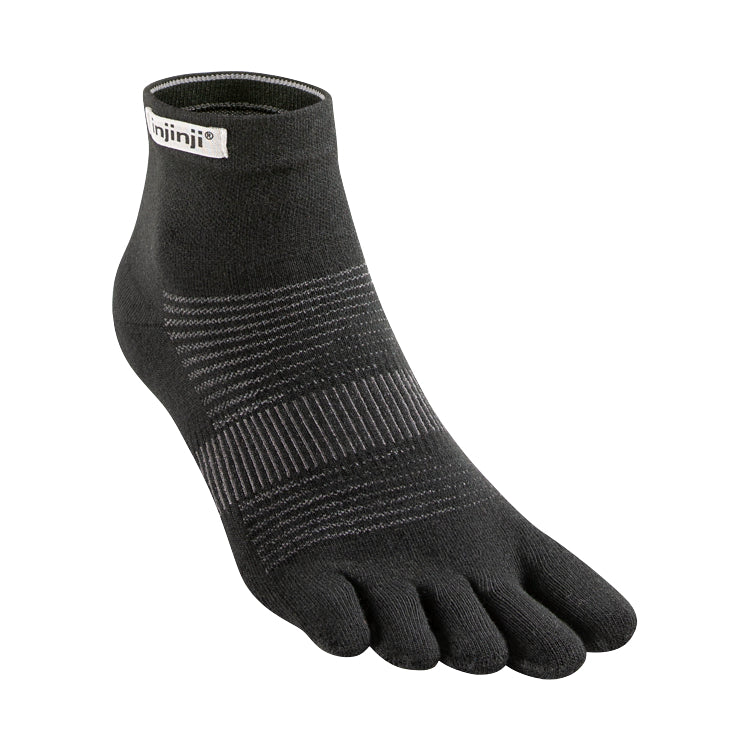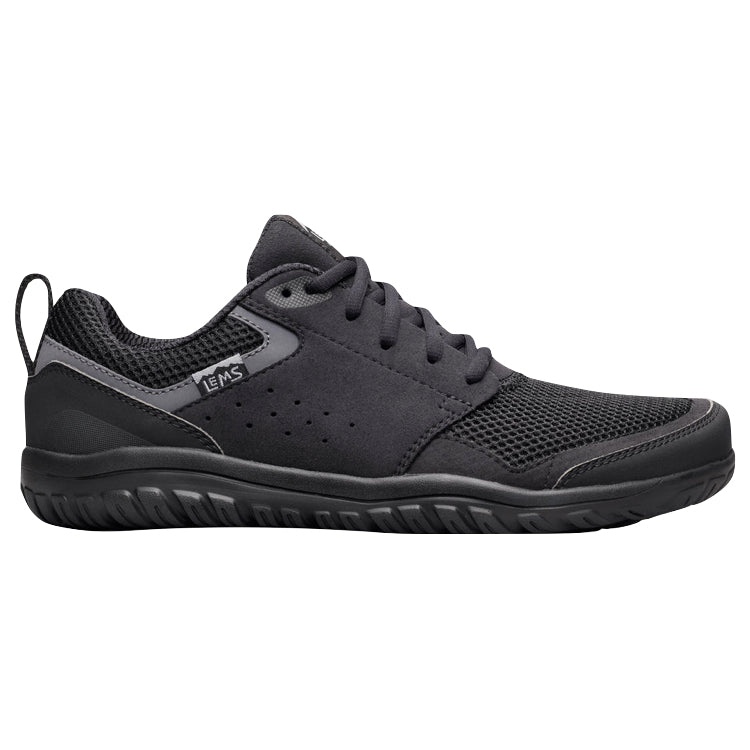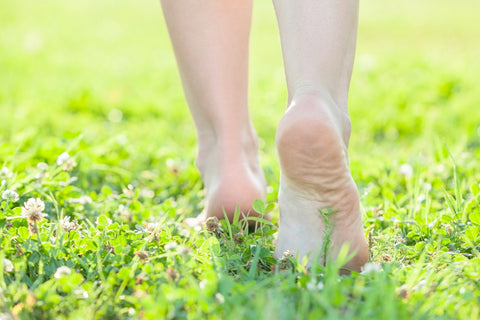
Definition
Flat Feet: The absence of a discernible foot arch when standing.
General Info
Flat feet, also known as pes valgus or pes planovalgus, is a health problem in which the foot lacks a normal arch when the affected person is standing. The arch on the foot’s inside edge (i.e., medial longitudinal arch) is the structure affected by this condition. The entire foot, including the midfoot, will touch the floor in individuals with flat feet. Flat feet is usually a painless condition, and it may be caused by traumatic injuries, age-related degenerative changes, or other factors. This condition may cause problems in other lower extremity joints, including the ankles and knees.
Flat feet is among the most common foot problems affecting adults. This health problem occurs when the tendons that bind the foot together become loose. As a person grows, these tendons should tighten to help form the foot’s medial longitudinal arch. This tendon tightening occurs in most people by the age of three.
Flat feet may be painless in most adults, but this condition can lead to low back pain in certain individuals. If left unchecked, flat feet may impair a person’s ability to walk, climb stairs, and wear shoes, and this condition can interfere with the normal alignment of the legs. Flat feet can be flexible and floppy, or it can involve rigidity and lack of motion, depending on the underlying cause of this musculoskeletal health problem. A person may develop a flat foot on one or both sides of his or her body.
Signs & Symptoms
Some of the most common signs and symptoms associated with flat feet include:
- Heel or arch aches
- Decreased ability to stand on the toes
- Swelling along the medial longitudinal arch
- Foot pain caused by long periods of standing
- Decreased ability to participate in certain sports or athletic activities
Possible Causes
Flat feet may be caused by numerous factors or other health problems. Possible causes of this foot condition include:
- Tendon injury or illness
- Neuromuscular disorders (e.g., cerebral palsy)
- Conditions causing extremely flexible soft tissues
- Tight Achilles tendons (also known as equinogenic flatfoot)
Flat feet may, in rare cases, be caused by a condition called tarsal coalition. Tarsal coalition occurs when two or more of the foot’s tarsal bones—the small bones near the ankle—fuse. Tarsal coalition-related flat feet usually cause pain or discomfort.
Factors that may increase a person’s risk for flat feet include:
- Aging
- Excessive bodyweight
- Traumatic foot or ankle injuries
- Rheumatoid arthritis (about 50 percent of people with RA develop flat feet)
Helpful Strategies
Flat feet treatment depends on the underlying cause of the condition, the symptoms a person is experiencing, and the likelihood of the condition progressing.
Many people who have flat feet benefit from exercises that return the big toe to its normal anatomical position; that is, splayed away from the second toe. Proper toe orientation may be achieved with gentle stretching, the use of Correct Toes toe spacers, and the wearing of men’s or women’s footwear that’s widest at the ends of the toes. A foot on a flat surface (without heel elevation or toe spring) and with toes splayed provides the basis of a strong arch, even if the arch is lower than what’s considered “normal.”
Stretching exercises for the Achilles tendon and calf muscles are a conservative treatment technique that may help improve flexibility in the back of the lower leg. However, the effectiveness of a stretching program may be negated if a person wears shoes that possess heel elevation (Note: Wearing a shoe that possesses heel elevation may accelerate the foot deformity in individuals with equinogenic flat feet). Dropping the back of the heel will increase the stretch on these structures. Consider slowly and progressively lowering the back of the heel to help the posterior lower leg structures adjust. Try wearing low-heeled shoes for a while before switching to flats.
In rare instances, a person with flat feet may require surgery to lengthen the Achilles tendon if he or she is unable to achieve proper flexibility in this tendon and/or the calf muscles. A person with flat feet should exhaust all conservative care methods before undergoing Achilles tendon-lengthening surgery.

WANT TO IMPROVE YOUR FOOT HEALTH?
Let the team at Natural Footgear help you! Subscribe to our newsletter for the latest offers and helpful info, and sign up for our FREE email courses on various topics and foot health conditions.
Sign Up →
Want to Improve Your Foot Health?
We are here to help you every step of the way. Get our newsletter for the latest offers and helpful info, and sign up for our FREE email courses on various topics and conditions, including bunions, hammertoes, neuromas, plantar fasciosis, shin splints, ingrown toenails, and more.
Sign Up →
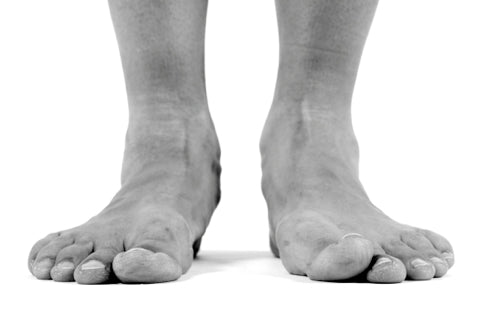 This video discusses the condition called flat feet. There are a lot of myths surrounding flat feet, and in this video, Dr. Ray McClanahan, a sports podiatrist at Northwest Foot and Ankle and the inventor of Correct Toes, addresses each of these myths and compares and contrasts conventional podiatric treatments with natural, conservative treatment methods. Dr. Ray notes that having flat feet is not necessarily an indication that foot problems...
Read more
This video discusses the condition called flat feet. There are a lot of myths surrounding flat feet, and in this video, Dr. Ray McClanahan, a sports podiatrist at Northwest Foot and Ankle and the inventor of Correct Toes, addresses each of these myths and compares and contrasts conventional podiatric treatments with natural, conservative treatment methods. Dr. Ray notes that having flat feet is not necessarily an indication that foot problems...
Read more





